Many farming households in Long Son commune (Vung Tau city, Ba Ria-Vung Tau province) have taken advantage of the water surface area to develop aquaculture and sell products. Thanks to that, farmers' lives have been increasingly improved.
In particular, the model of raising milk oysters and cobia on Cha Va river of many farming households in Long Son commune brings high economic efficiency.
Live healthy thanks to raising milk oysters
If clams appear a lot in the coastal estuaries of Phuoc Tinh and Phuoc Hai, on the contrary, the Cha Va estuary area is the area with the most oyster farming.
Long Son milk oysters are considered a specialty of this area, supplying the Southeast market.
With about 2,000 square meters of raft area and nearly 60,000 pieces of substrate for raising milk oysters, Mr. Nguyen Cong Thuc, in Zone 2, Long Son Commune, shared that the water here has no aquatic species more suitable than oysters.
Holding a string of Pacific oysters, Mr. Thuc said that he used to raise rock oysters. In the past 3 years, he switched to raising milk oysters because the farming time is short, about 5-6 months to harvest. Raising rock oysters takes a whole year.
After more than 4 months of farming, up to now, oysters have grown rapidly with a high survival rate, abundant meat, rich in nutrients, delicious quality, so they are very popular in the market.
“The Nhu Y Long Son Aquatic Cooperative buys oysters for 20,000 – 22,000 VND/kg, with an average weight of 14 oysters. Each oyster crop, the family harvests 50 – 60 tons of oysters. After deducting expenses, the family earns a profit of about 40% of total revenue,” Mr. Thuc added.
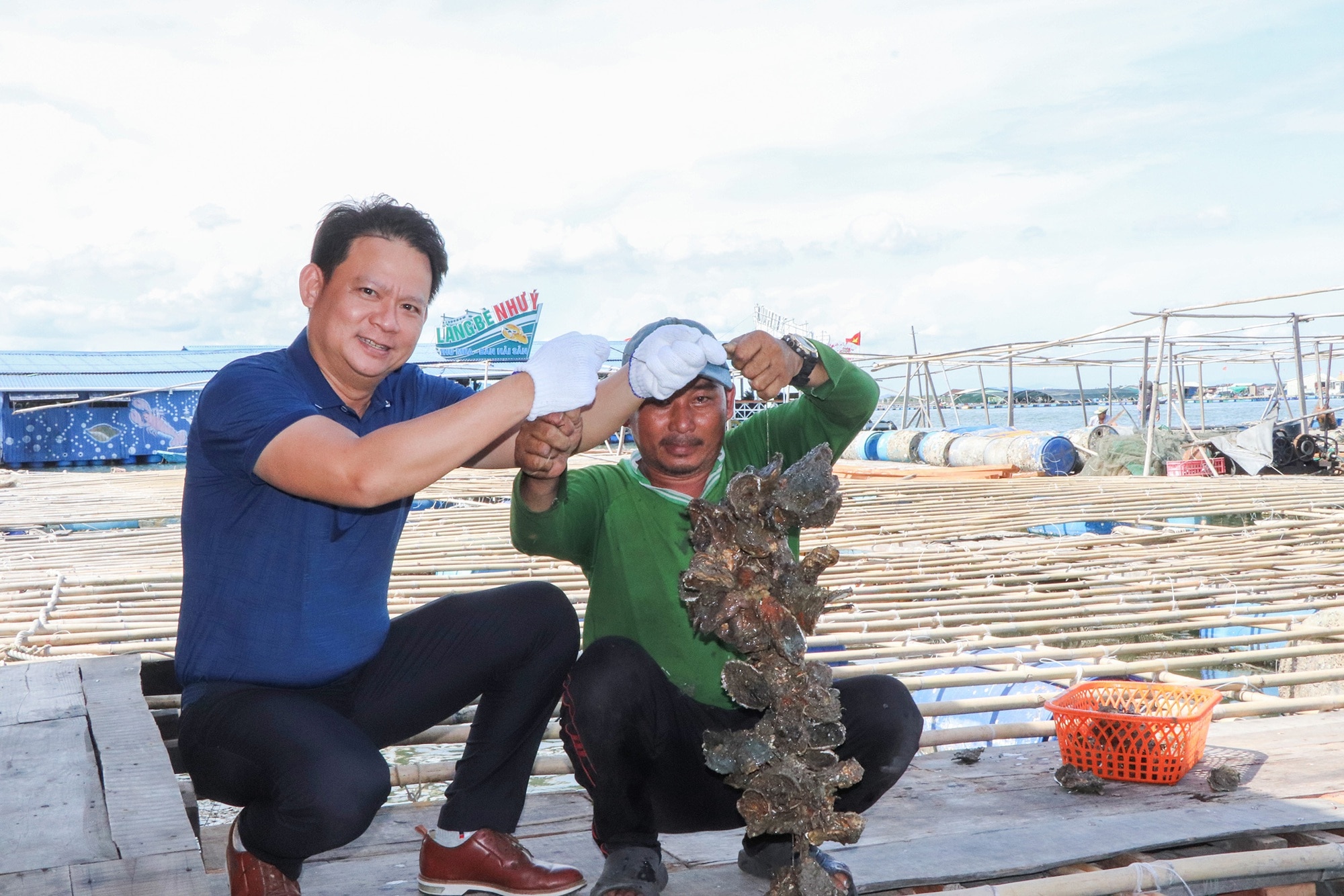
Mr. Nguyen Quy Trong Binh (left), Director of Nhu Y Long Son Aquatic Products Cooperative (Long Son Commune, Vung Tau City) said that the cooperative purchases milk oysters and other fish from farmers, processes them, and packages them to supply to the Ho Chi Minh City market and tourists when they come to Ba Ria-Vung Tau.
Not far away, at the floating farm of Pacific oysters of Ms. Tran Thi Thuy Lien, in village 3, it is also time for harvest.
According to Ms. Lien's calculations, with 500m2 of rafts, her family harvested nearly 6 tons of oyster shells, a profit 4-5 times higher than the initial investment. After harvesting this batch of oysters, her family will expand to another raft.
According to farmers, compared to other farming types, oyster farming costs are not high, the technique is simple, mainly requires labor and care, and the output and price are quite stable because they are purchased by the cooperative.
Connect, cooperate and develop together
Currently, 18 farmer households raising oysters, cobia, yellowfin pompano, pearl grouper... on the Cha Va River (total area of nearly 2 hectares) have linked with the cooperative in production and stable output consumption.
Ms. Luu Thi Bich Duyen, in village 9, Long Son commune, used to buy farmed fish in the area. For the past 3 years, seeing other households raising fish effectively, her family also invested in a raft (area 2,000m2) to raise cobia, pompano and grouper for sale.
“After about 11 months of raising, grouper fish can be harvested when they reach 5-6kg/fish. The cooperative buys commercial fish at an average price of 170,000 VND/kg. I have been involved in cage fish farming and have seen stable economic efficiency. The members of the cooperative have been farming effectively in the past, with profits of 30-50% of total revenue,” Ms. Duyen added.
According to Decision No. 795/QD-UBND dated March 26, 2021 of the Provincial People's Committee on the Plan for zoning aquaculture cages and bivalve molluscs on rivers in Ba Ria - Vung Tau province for the period 2021-2025, Long Son commune is planned to have 16 aquaculture sub-areas. Of which, Cha Va river has 8 sub-areas (from 1 - 8); Dinh river has 3 sub-areas (from (9 - 11); Co May river has 3 sub-areas (from 13-15); Cay Khe canal has 1 sub-area, with a total of 246 households/7,137 cages/297,469m2 of cages.
According to Mr. Nguyen Quy Trong Binh, Director of Nhu Y Long Son Seafood Cooperative, the success of a cooperative is finding a suitable direction for production development and then finding an outlet for the products.
The linkage between aquaculture production and exploiting potential advantages from tourism not only helps farmers avoid price pressure, but also increases product value, profits and production efficiency.
“Determining that cage aquaculture is one of the strengths for local economic development, the Party Committee and People's Committee of Long Son commune have directed sectors and organizations to implement policies to support farmers in borrowing capital; mobilize the establishment of cooperatives and cooperative groups associated with output linkages.
At the same time, the locality coordinates with the city's and province's specialized departments to organize technical training, check the quality of breeds, environment, etc. Thereby, helping farmers' cage aquaculture to be favorable, effective and sustainable," said Vice Chairman of the People's Committee of Long Son commune (Vung Tau city, Ba Ria-Vung Tau province) Dinh Thanh Tan.


![[Photo] National Assembly Chairman Tran Thanh Man meets with Thai Prime Minister Paetongtarn Shinawatra](https://vphoto.vietnam.vn/thumb/1200x675/vietnam/resource/IMAGE/2025/5/15/e71160b1572a457395f2816d84a18b45)

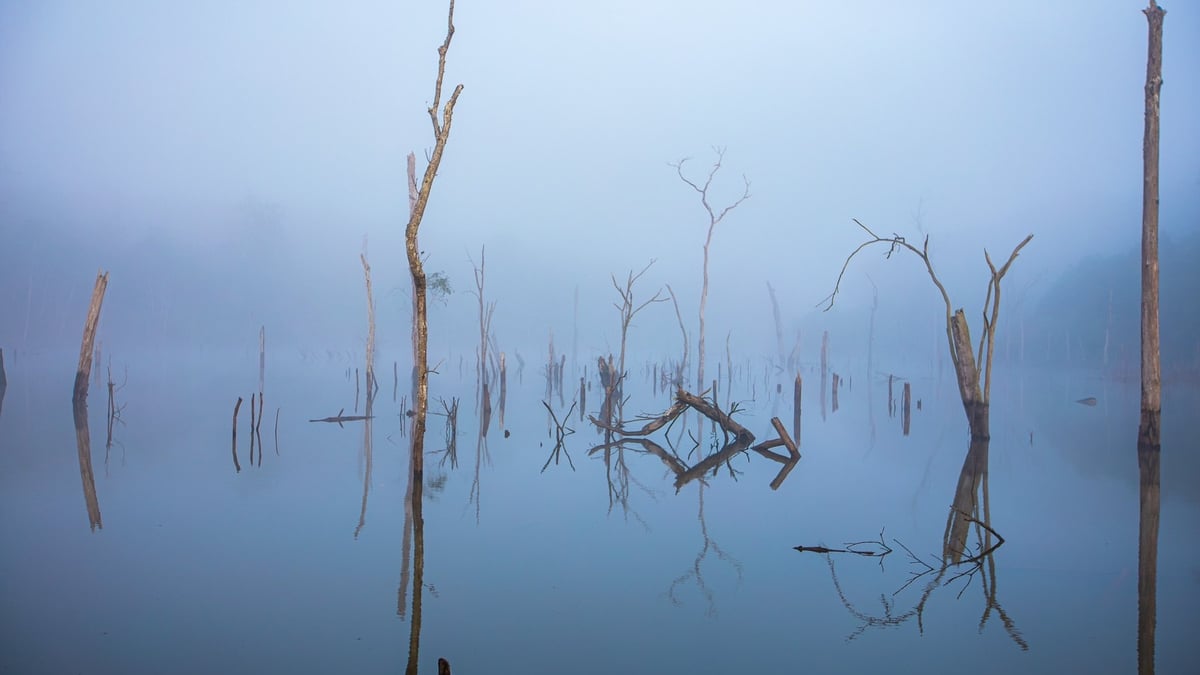
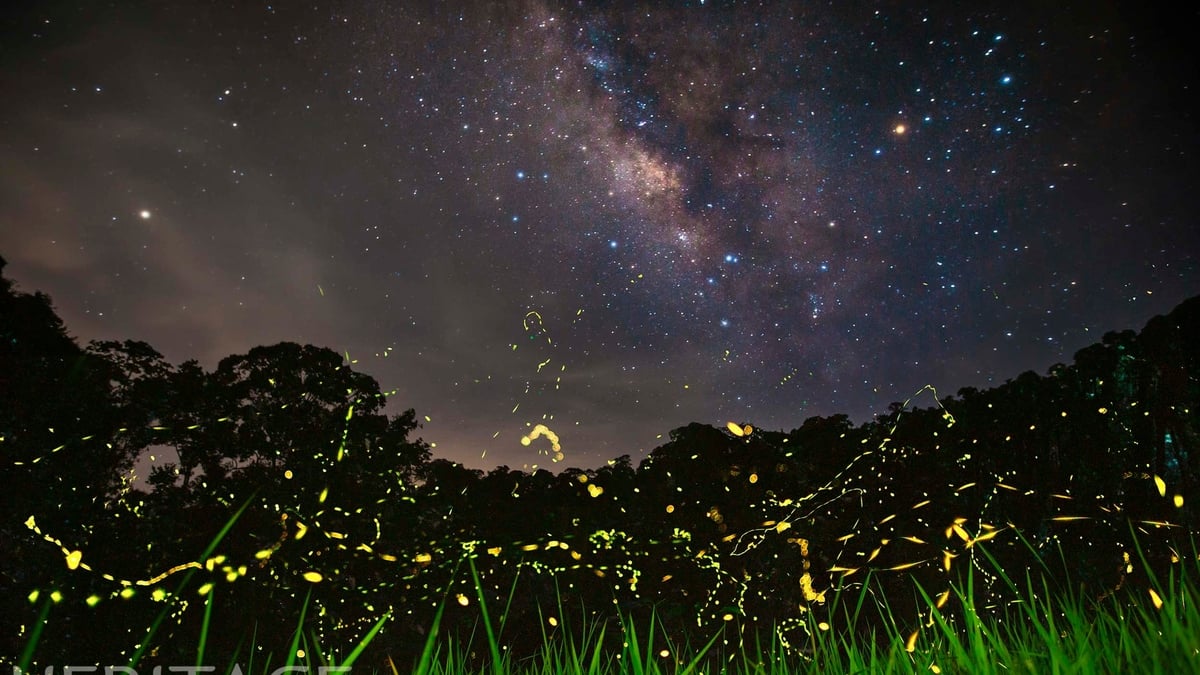
![[Photo] Prime Ministers of Vietnam and Thailand visit the Exhibition of traditional handicraft products](https://vphoto.vietnam.vn/thumb/1200x675/vietnam/resource/IMAGE/2025/5/15/6cfcd1c23b3e4a238b7fcf93c91a65dd)
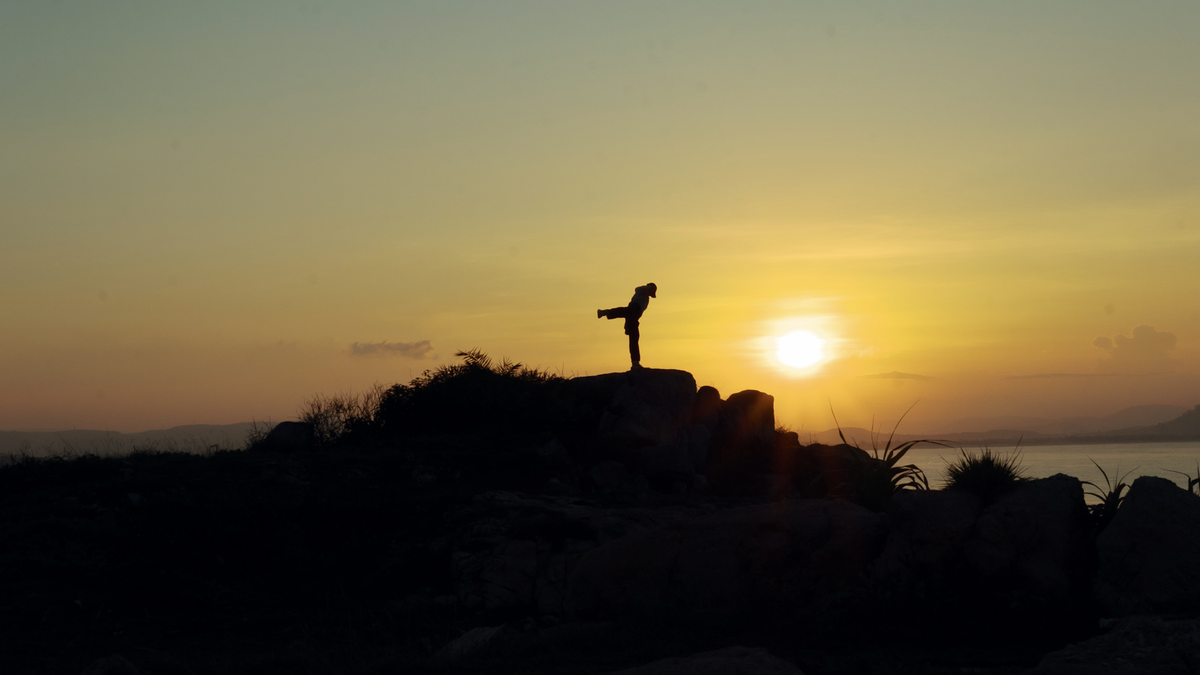
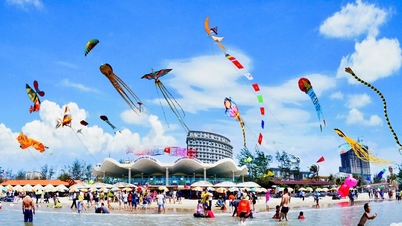



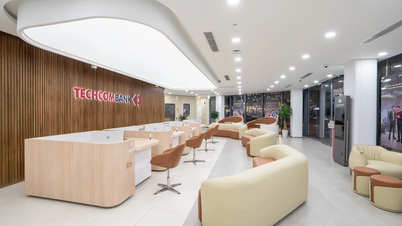



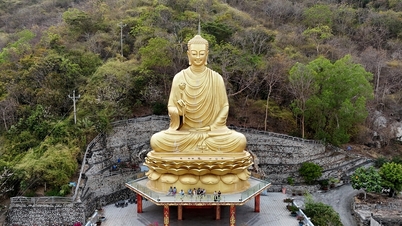

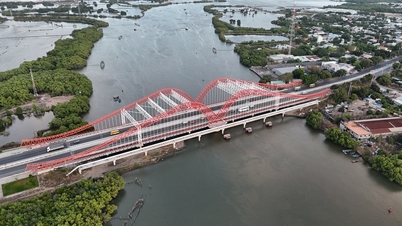
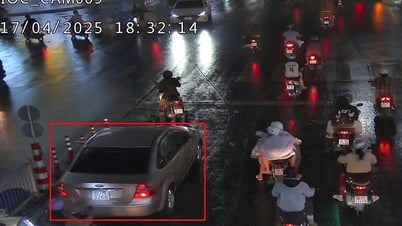
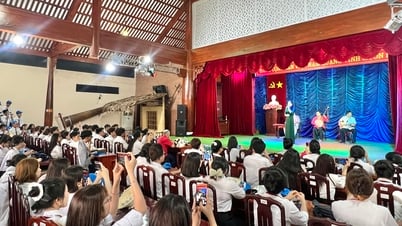
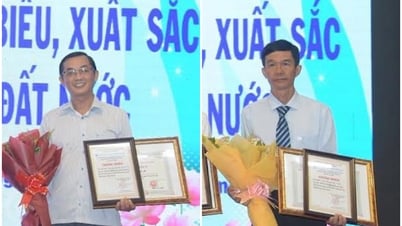
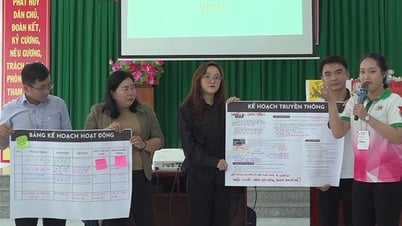
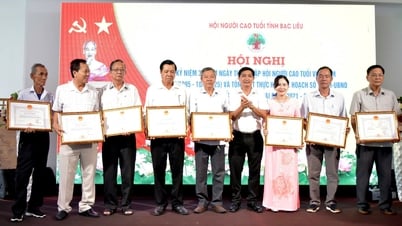
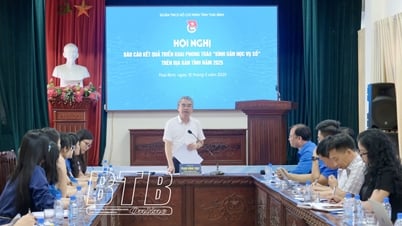

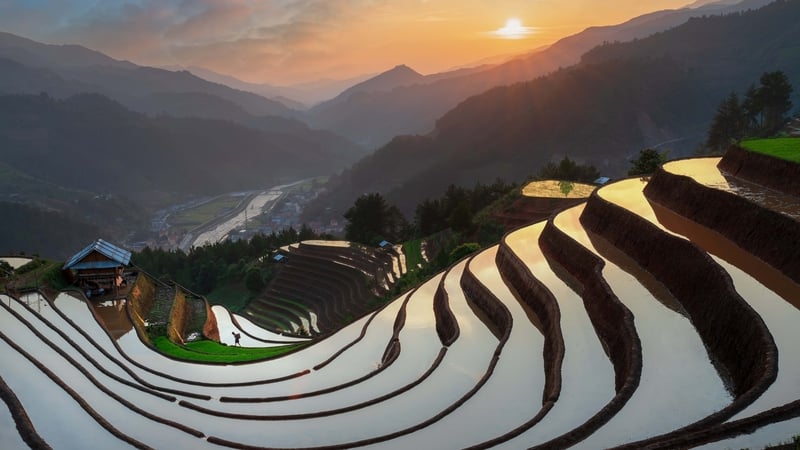



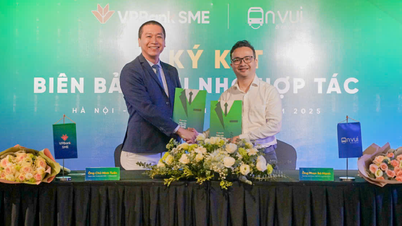
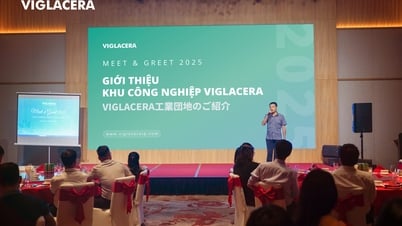
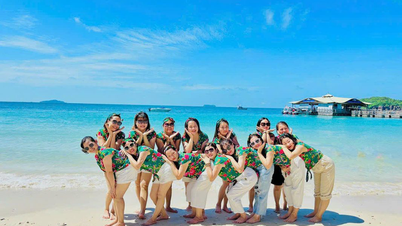


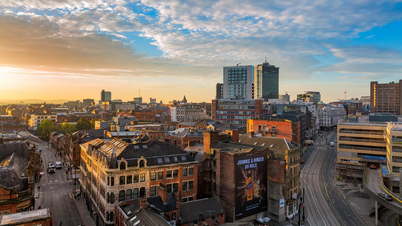
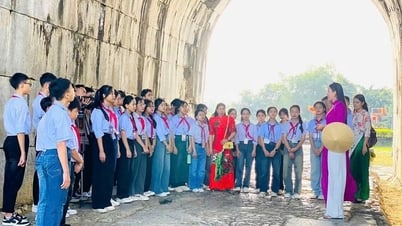

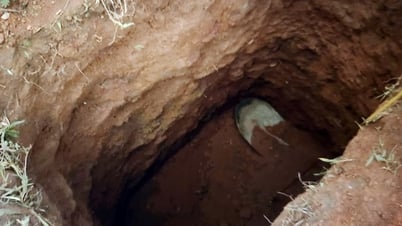
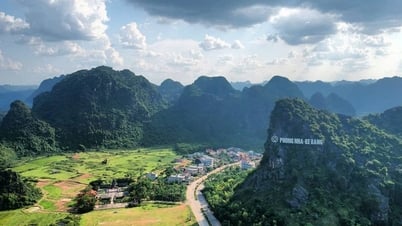

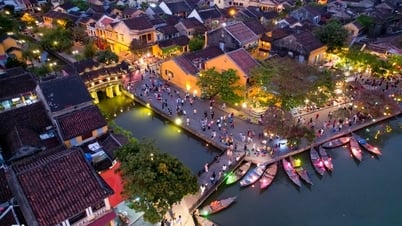

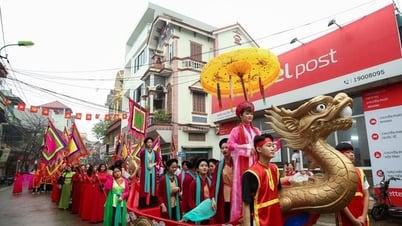

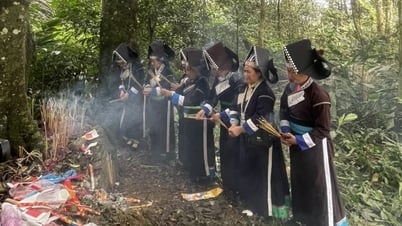

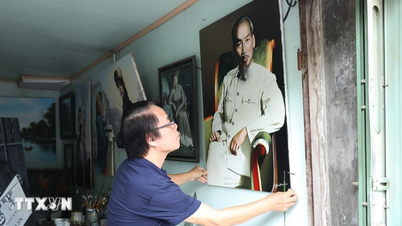

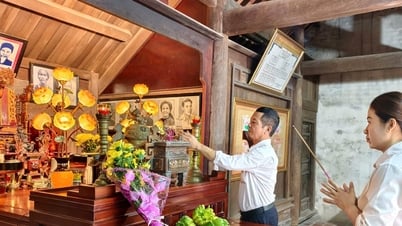

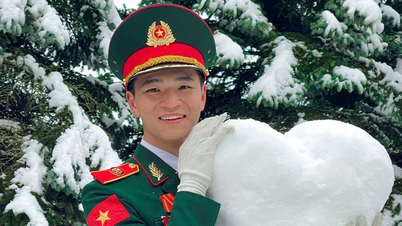




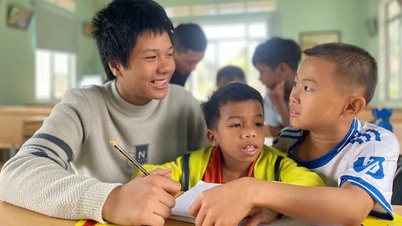







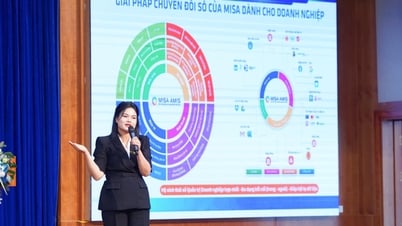



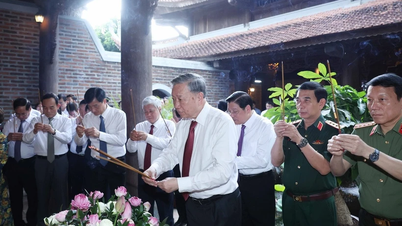

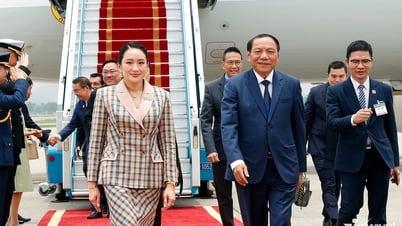
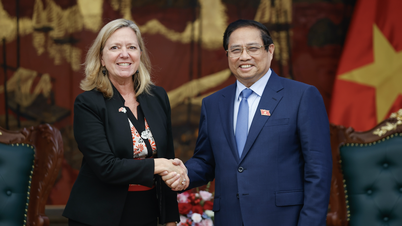





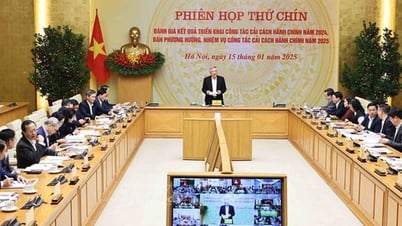
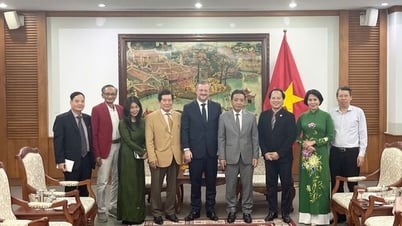
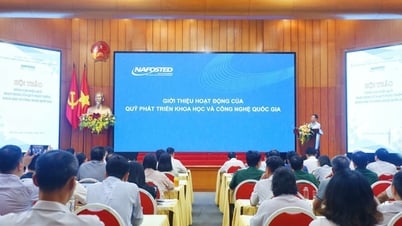

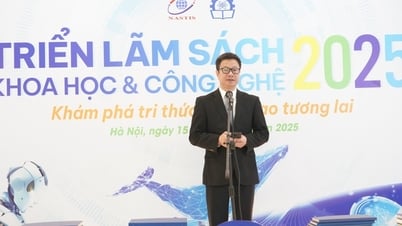
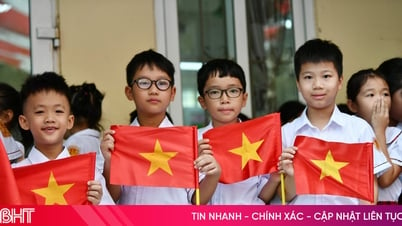


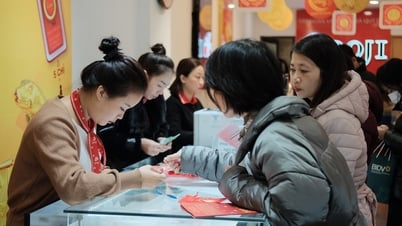



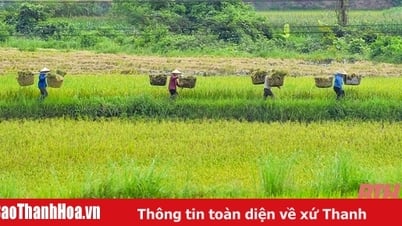



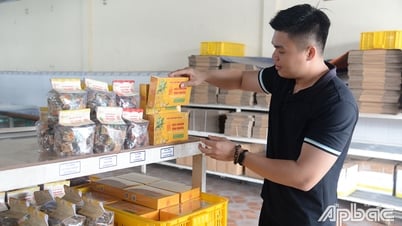

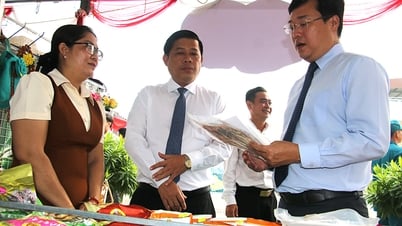
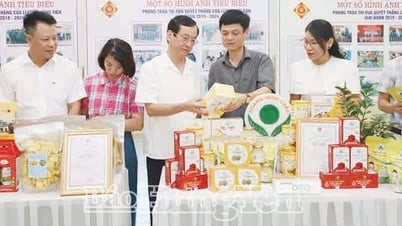

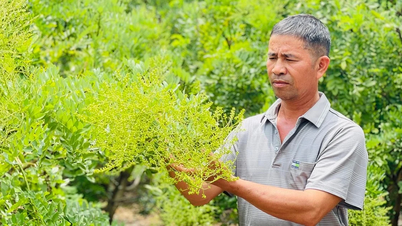
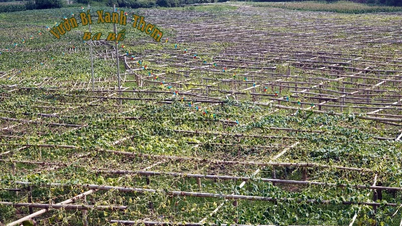

Comment (0)